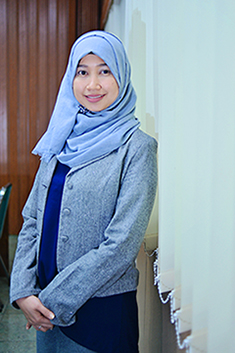Submissions
Online Submissions
Already have a Username/Password for JURNAL FARMASI DAN ILMU KEFARMASIAN INDONESIA?
Go to Login
Need a Username/Password?
Go to Registration
Registration and login are required to submit items online and to check the status of current submissions.
Submission Preparation Checklist
As part of the submission process, authors are required to check off their submission's compliance with all of the following items, and submissions may be returned to authors that do not adhere to these guidelines.
-
The submitted manuscript has not been published before, nor it is being processed by another journal.
- The submitted manuscript file uses the Microsoft Word document format.
- If available, the URL or link from each source that is written in the bibliography needs to be included.
- Cover letter (contained in the document template) and copyright forms must be included when submitting manuscripts as supplementary files.
- The writing style and bibliography used in the manuscript must be in accordance with Author Guidelines which applies to JFIKI.
- The submitted manuscript is an original work (will be screened for plagiarism). If the manuscript does not comply with these guidelines, it will be returned to the author.
Copyright Notice
1. The copyright of this journal belongs to the Editorial Board and Journal Manager with the author's knowledge, while the moral right of the publication belong to the author.
2. The formal legal aspect of journal publication accessibility refers to the Creative Commons Attribution-Non-Commercial-Share Alike (CC BY-NC-SA), which implies that the publication can be used for non-commercial purposes in its original form.
3. Every publication (print/electronic) is open access for educational, research, and library purposes. In addition to the objectives mentioned above, the editorial board is not responsible for copyright infringement
Privacy Statement
The name and email address entered on this journal website will be used specifically for processing purposes in this journal and will not be available for other purposes or for other parties.


.jpg)















